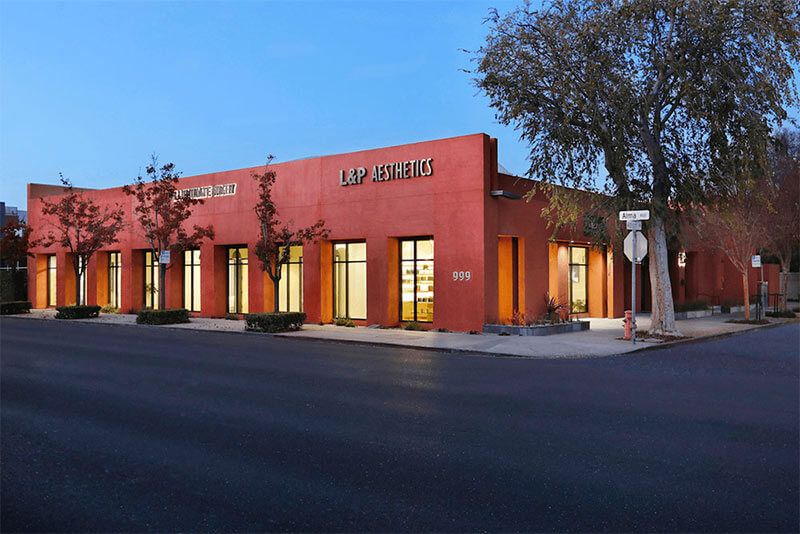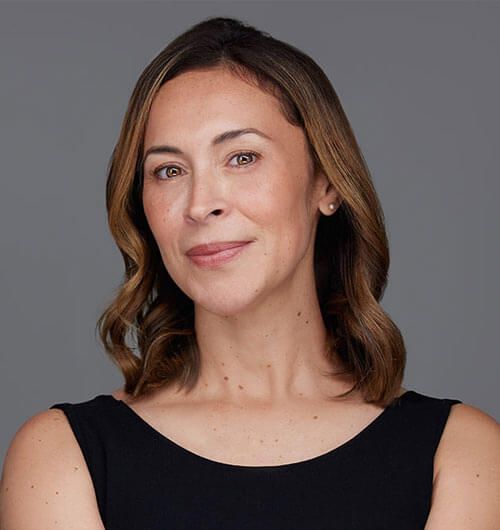Treatment of Skin Lesions
The diagnosis and treatment of skin lesions are important in the prevention of skin cancer. There are also a variety of benign (non-cancerous) skin lesions and other aesthetic skin conditions that can be treated by the Physician Associate at L&P Aesthetics, Krystal Sun, MSPAS, PA-C. Use the link below to book a derm consultation in Palo Alto.
Moles are common skin lesions which are black or brown spots located on any part of the body. It is important to ensure that the moles/lesions are simply benign and non-cancerous. They can be present from birth or develop over time. Skin lesions can become unsightly or uncomfortable which are major reasons to seek the expertise of a qualified medical professional to skillfully remove the lesion/mole and improve the appearance of the skin.
Head and neck lipomas are benign tumors made up of fat. They can be found in the scalp, forehead, face or neck and grow over time to become unsightly and uncomfortable. The three double board certified facial plastic surgeons at L&P Aesthetics have extensive expertise in head and neck anatomy and utilize meticulous facial plastic surgery techniques to remove these masses while minimizing scarring.

Every person is our top priority
Trust Your Beauty To An Award-Winning Team of Aesthetic Experts
America’s Best Plastic Surgeons by Newsweek, 2024
Best Plastic Surgeons by Palo Alto Weekly, 2024
Best of Silicon Valley Magazine for Plastic Surgery, 2024
Castle Connolly Top Doctors of San Francisco Bay Area, 2024
New Beauty Top Doctors, 2024
What to Expect During the Procedure
We are able to perform the removal and treatment of skin lesions and the removal of head and neck lipomas in the office under local anesthesia. If the patient prefers, or if the lesions are in sensitive areas, they can be removed under sedation.
The simplest surgical procedure for skin lesions that protrude off the surface of the skin is a shave biopsy. The skin lesion is sliced off flush with the rest of the normal skin in an effort to provide the best possible cosmetic result. This biopsy is then sent to a pathologist who specializes only in the skin for analysis under a microscope.
Larger lesions such as cysts, lipomas or suspicious skin lesions are excised via a surgical excision. This approach involves an incision oriented and designed to create a scar that is barely perceptible once healed. The procedure can take anywhere from fifteen minutes to one hour.
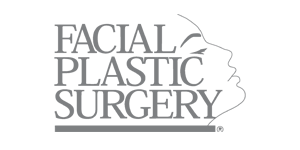
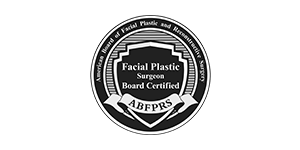


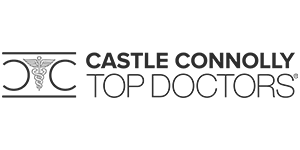








Why L&P For Treatment of Skin Lesions?
The three double-board certified facial plastic surgeons at L&P Aesthetics along with our Physician Associate, Krystal Sun, take each patient’s features into account when crafting a treatment plan.
Below are a few of the non-cancerous skin lesions that we can treat or remove:
- Precancerous skin lesions
- Seborrheic Keratosis
- Moles
- Epidermoid cysts
- Sebaceous cysts
- Mucoceles
- Skin tags around the eyelids
- Syringoma
- Acne cysts (cortisone injections)

An additional benefit of having surgery with L&P Aesthetics is access to The iO Clinic’s Surgical Recovery Package designed by Drs. Lieberman, Parikh, and Curti. This post-operative recovery protocol enhances your overall recovery, speeds up the recovery timeframe and improves your long-term results.
Treatment of Skin Lesions Before and After Gallery
View real results from real patients below.
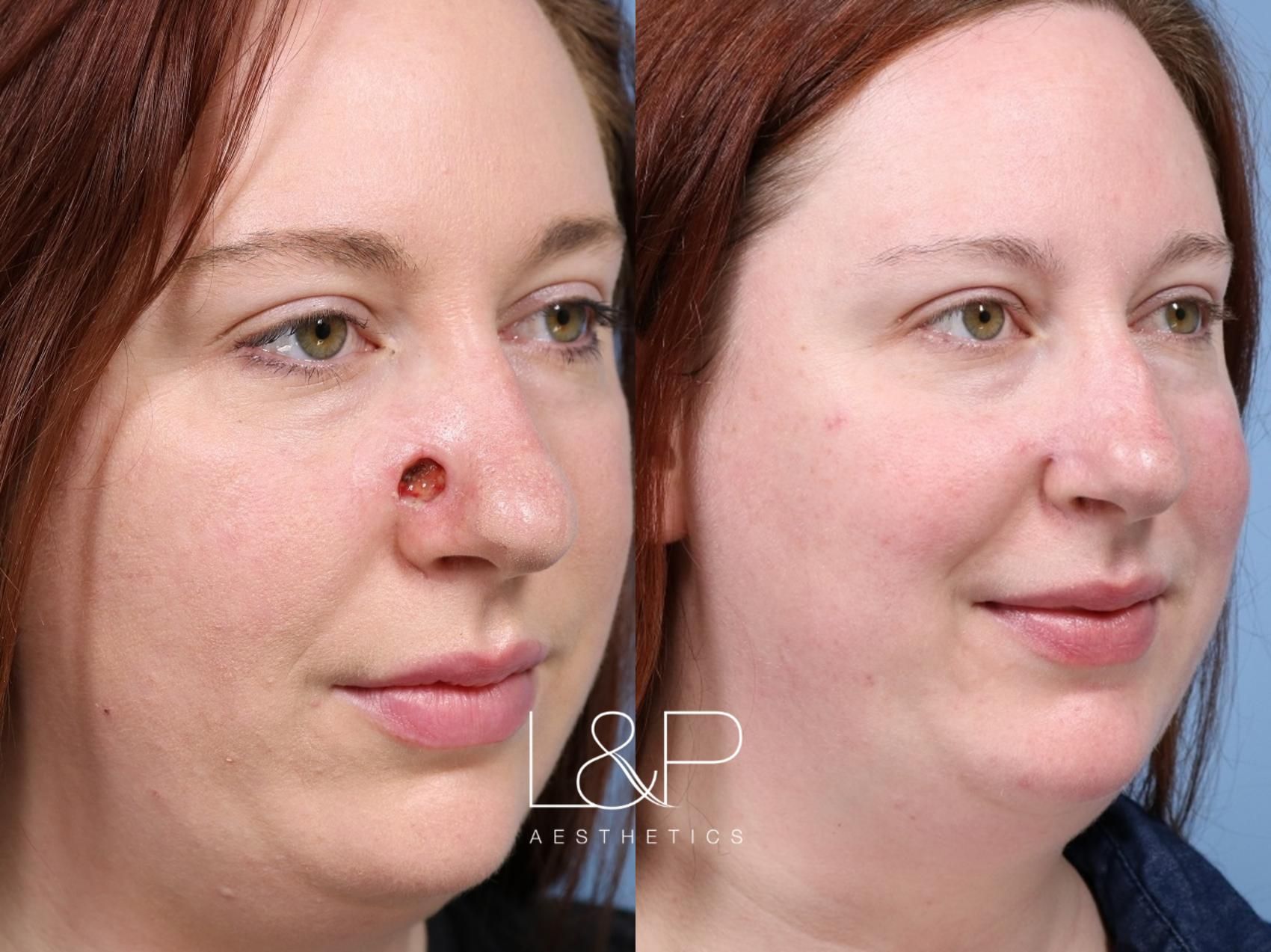
Reconstructive Surgery Before & After Case 217
This necessary procedure was done by Drs. Lieberman and Parikh. You cannot even tell that she underwent surgery as she has not scarring and no signs of skin cancer.
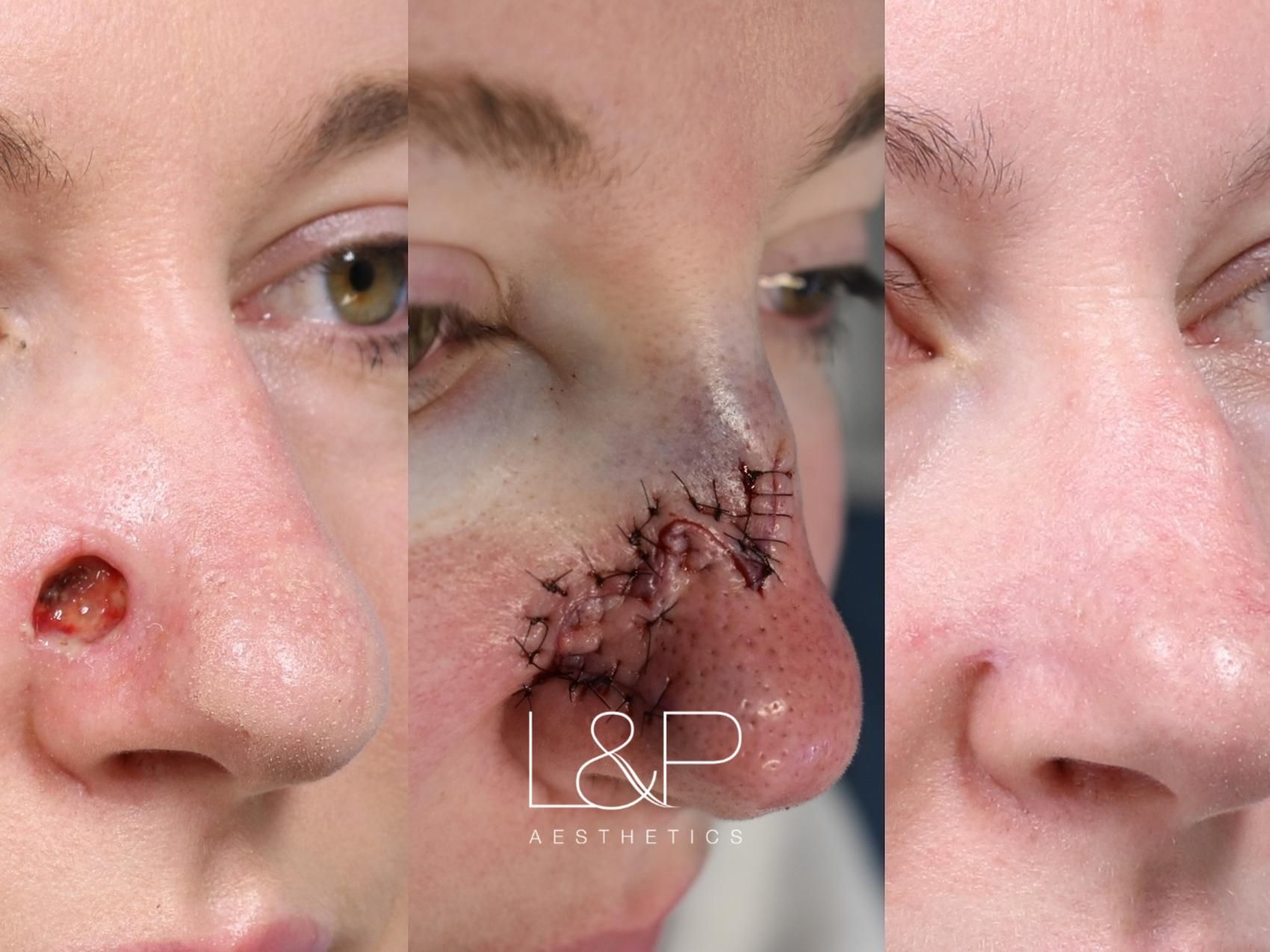
Reconstructive surgery done on the edge of the nose
Reconstructive surgery is just as much of an art than rhinoplasties or facelifts because it still requires careful suture technique. As you can see this patient shows no signs of surgery or an open region in her face.
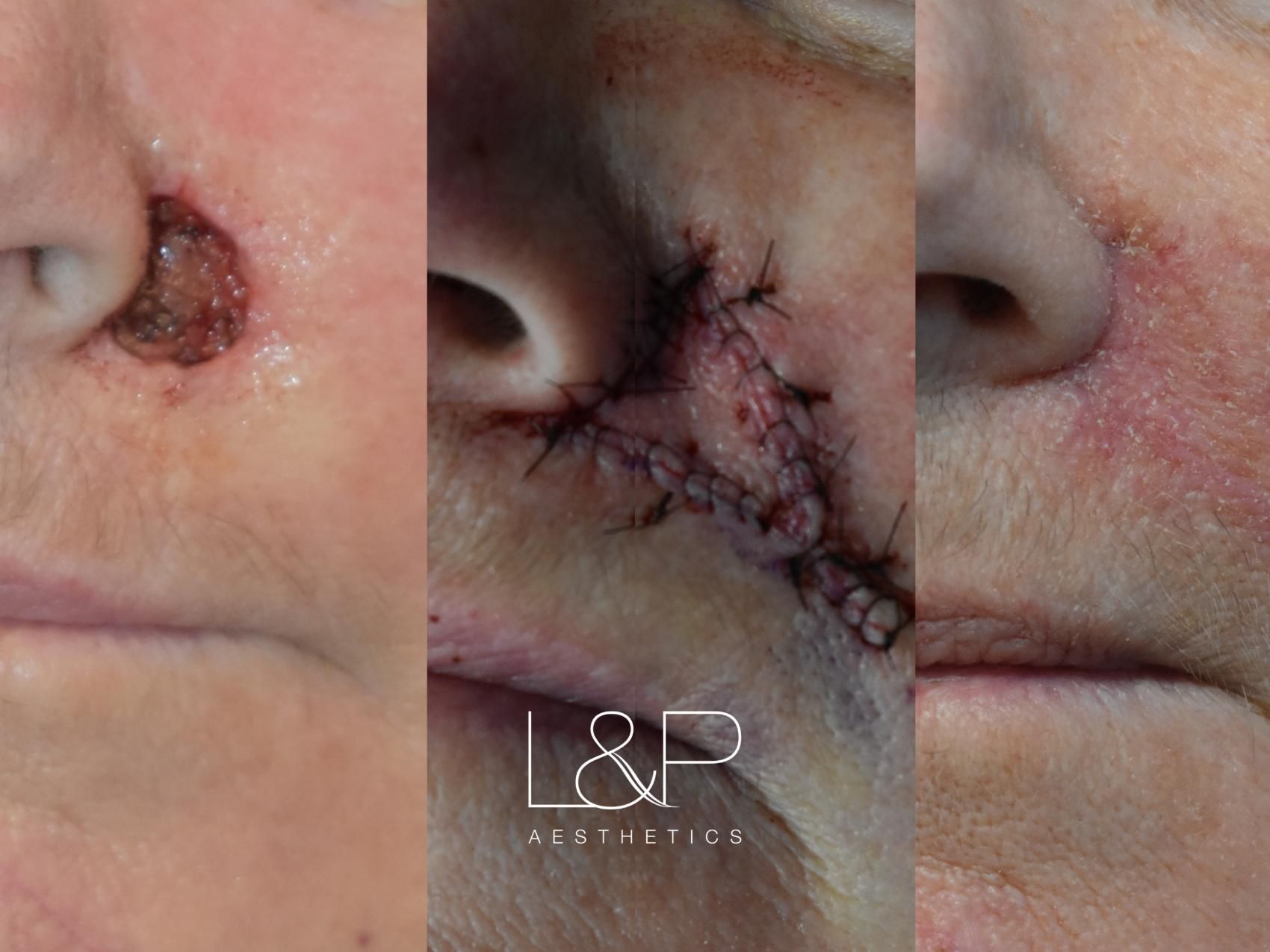
Reconstruction done to cover previous skin cancer area
Drs. Lieberman and Parikh do work on several skin cancer patients to enclose their exposed area in a way that would not be noticeable in any close encounter.
Recovery and Beyond
A surgical facelift requires more recovery time and healing than a liquid or nonsurgical facelift, but the results are longer lasting. In fact, the effects of this surgery are considered long-lasting in that they will not fade away due to injections dissolving or dissipating over time. Note, though, that a facelift does not prevent the face from continuing to age from that point on, so patients may notice the development of new signs of aging as they get older.
Treatment of Skin Lesions FAQs
The simplest surgical procedure for skin lesions that protrude off the surface of the skin is a shave biopsy. The skin lesion is sliced off flush with the rest of the normal skin in an effort to provide the best possible cosmetic result. This biopsy is then sent to a pathologist who specializes only in the skin for analysis under a microscope.
Larger lesions such as cysts, lipomas or suspicious skin lesions are excised via a surgical excision. This approach involves an incision oriented and designed to create a scar that is barely perceptible once healed. The procedure can take anywhere from fifteen minutes to one hour.
If the patient has received sedation for the removal of the skin lesion or lipoma, it will be important to have a friend or family member available to drive the patient home after surgery. The sutures on the face or neck are usually removed 5-7 days after the procedure. There will be some swelling and redness that persists in the area for a few weeks. It is important that patients are followed for six to twelve months to ensure adequate scar outcomes.



